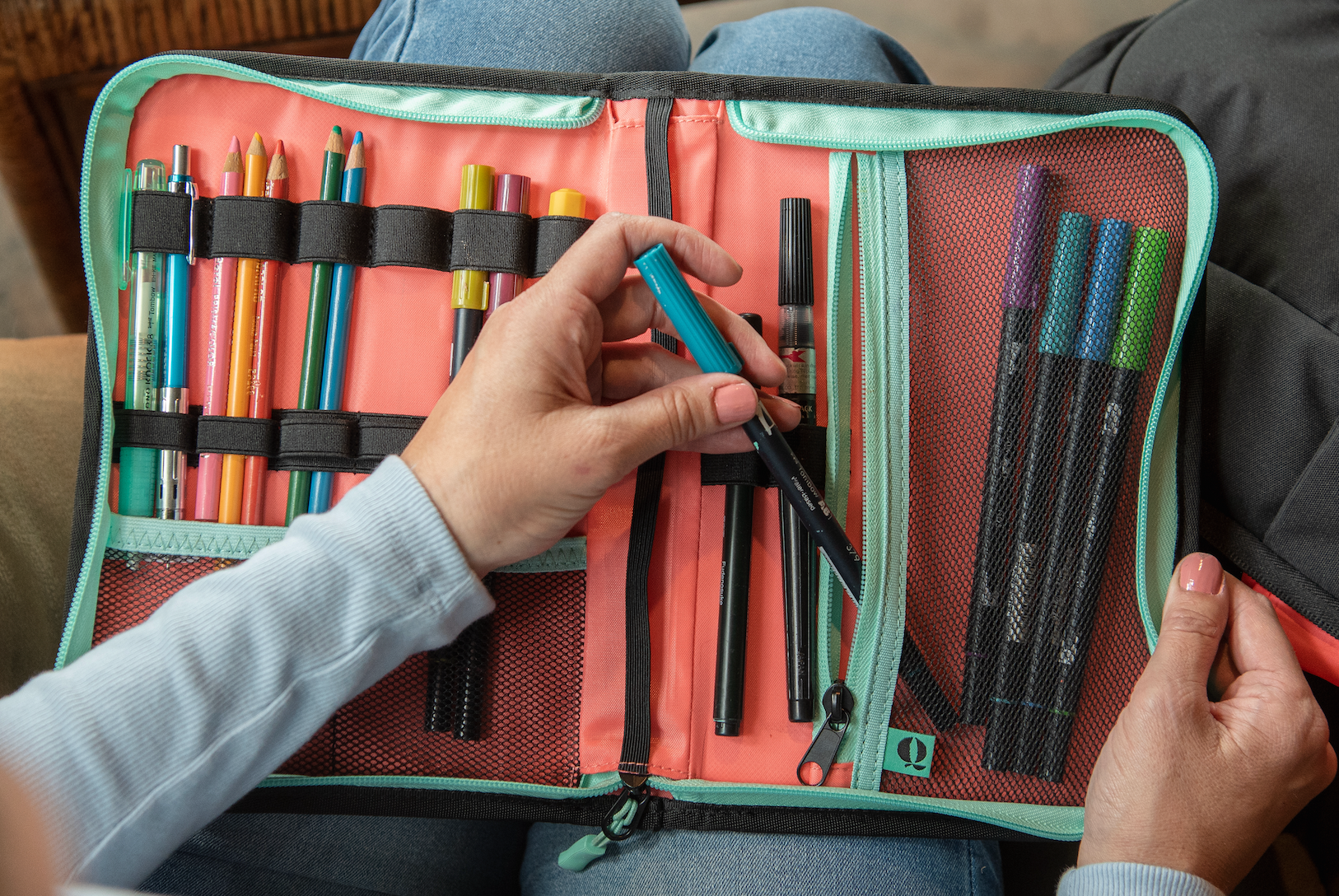
If you grew up visiting the Carnegie Museum of Art, as I have, you might have noticed some recent changes to the museum’s presence. Not in its architecture or interior design, but in its warm and welcoming new visual identity. The new branding, initiated in 2020, has not only revitalized the visual identity but to me has also fundamentally altered the museum's essence. Now, as a parent bringing my own children to explore the magic within the galleries, I find the new identity acting as a bridge: connecting generations and fostering a more inclusive space for all its visitors, especially families.
In the realm of fine art, where some museums can feel pretentious and cold, Carnegie Museum of Art has set out to redefine the narrative. This new identity is more than a visual overhaul; it's a deliberate effort to create an environment that is friendly, vibrant, and intentionally accessible to all those who enter. So, how does this relate to families and, particularly, to those visiting with younger children? Let’s dive into it!

Colors that Spark Imagination:
One standout feature of the museum's new identity is its expansive and fluid color palette. Rather than adhering to a static and predictable scheme, the array of colors symbolizes a world of creative possibilities. For children, these colors become a visual playground, sparking their imagination and making the museum a place of wonder. Whether you are browsing the Carnegie Museum of Art’s website or walking into any of the galleries, you will be greeted with bright, bold, and welcoming colors.

Custom Fonts and Individuality:
A favorite aspect of the rebrand is the custom typeface design. The introduction of custom fonts goes beyond aesthetics; it's a proclamation of individuality. This uniqueness extends an invitation to young minds to explore their own creative expressions. By differentiating itself, Carnegie Museum of Art cultivates an environment where children are encouraged to embrace their perspectives, fostering a sense of ownership and belonging.



Adaptive Imagery:
Children are natural storytellers, and the rebrand's emphasis on adaptive imagery resonates with this inherent quality. Every piece of art tells a story, and the thoughtful curation and creation of images ensure that these stories are diverse and relatable. This approach transforms the museum into a dynamic storyteller, capturing the attention of young visitors and connecting them to the vast world of art narratives.

Friendly, Clear, and Accessible Design: A Gateway for Families:
The commitment to friendliness, clarity, and accessibility is a game-changer for families exploring art together. The visual identity brings all aspects of the museum to the forefront, making it easy for parents and children alike to navigate the endless offerings. Carnegie Museum of Art’s visual identity brings everything they create—art, educational programs, exhibitions, events, or more—to the surface, making them visible and more accessible to visitors.

Inclusivity as a Building Block:
The core of this transformation lies in inclusivity. By breaking away from the stereotypical notion of a museum, Carnegie Museum of Art is a space where families from all walks of life can feel at home. The new identity ensures that art is not confined to the walls of a gallery but is a living, breathing entity that welcomes and embraces everyone. Not to mention, the smiling faces of employees welcoming little ones into the galleries. On a personal note, I have never felt anything but welcomed by employees when entering a gallery with my young children, and that feeling of acceptance and inclusivity has been so encouraging and meaningful to me and my family.


I am absolutely thrilled about this new chapter for Carnegie Museum of Art and its one-of-a-kind visual identity. To me, the messaging couldn’t be more clear: At Carnegie Museum of Art, all are welcome. The colors, fonts, imagery, and overall design are carefully crafted to engage, inspire, and connect with children and their families. The museum's commitment to accessibility and inclusivity ensures that every child, regardless of background, can find a piece of art that speaks directly to them. It's not just a rebrand; it's an invitation for the young art enthusiasts of today to become the artists, curators, and art appreciators of tomorrow. To learn more about Carnegie Museum of Art’s visual identity, check out their website here.







